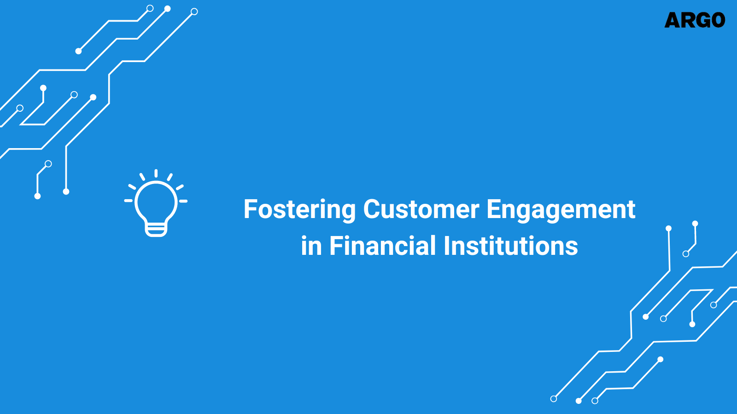Fostering Customer Engagement in Financial Institutions

Customer engagement is a direct result of a financial institution’s interactions positively or negatively influencing its customers’ cognitive, emotional, and behavioral investment in the institution. Institutions can positively impact customer engagement by demonstrating an understanding of the unique needs, issues, financial knowledge, and product interests of their customers or prospects. Institutions that are successful in generating positive customer engagement show empathy and deliver relevant, high-quality content in a timely manner.
Successful customer engagement informs customer decisions through educational content and receives information through digital sensory technology, intelligent questionnaires, and self-service financial planning tools. Engagement identifies needs, expresses appreciation, raises issues, and expands opportunity. It detects, asks, responds, follows up, and takes proactive interest in relationships. Moreover, it expands brand awareness, increases perceived value, and builds trust.
Successfully identifying needs, projecting empathy, and building trust in a digital environment presents a technological challenge. Customers want to feel heard, known, understood, and appreciated. With a new business strategy including ‘listening’ technology, institutions detect, interpret, and quantify needs and respond with personalized and relevant content utilizing workflow routing through digital and human channels.
Empathy requires listening and responding appropriately. While technology drives this listening capability, responses vary from automated to human engagement. Technology can listen and determine the most effective response driven by automation or routed to branch staff, specialty product groups, or contact center personnel.
For more information, download the Staying Customer Connected interview brief.

